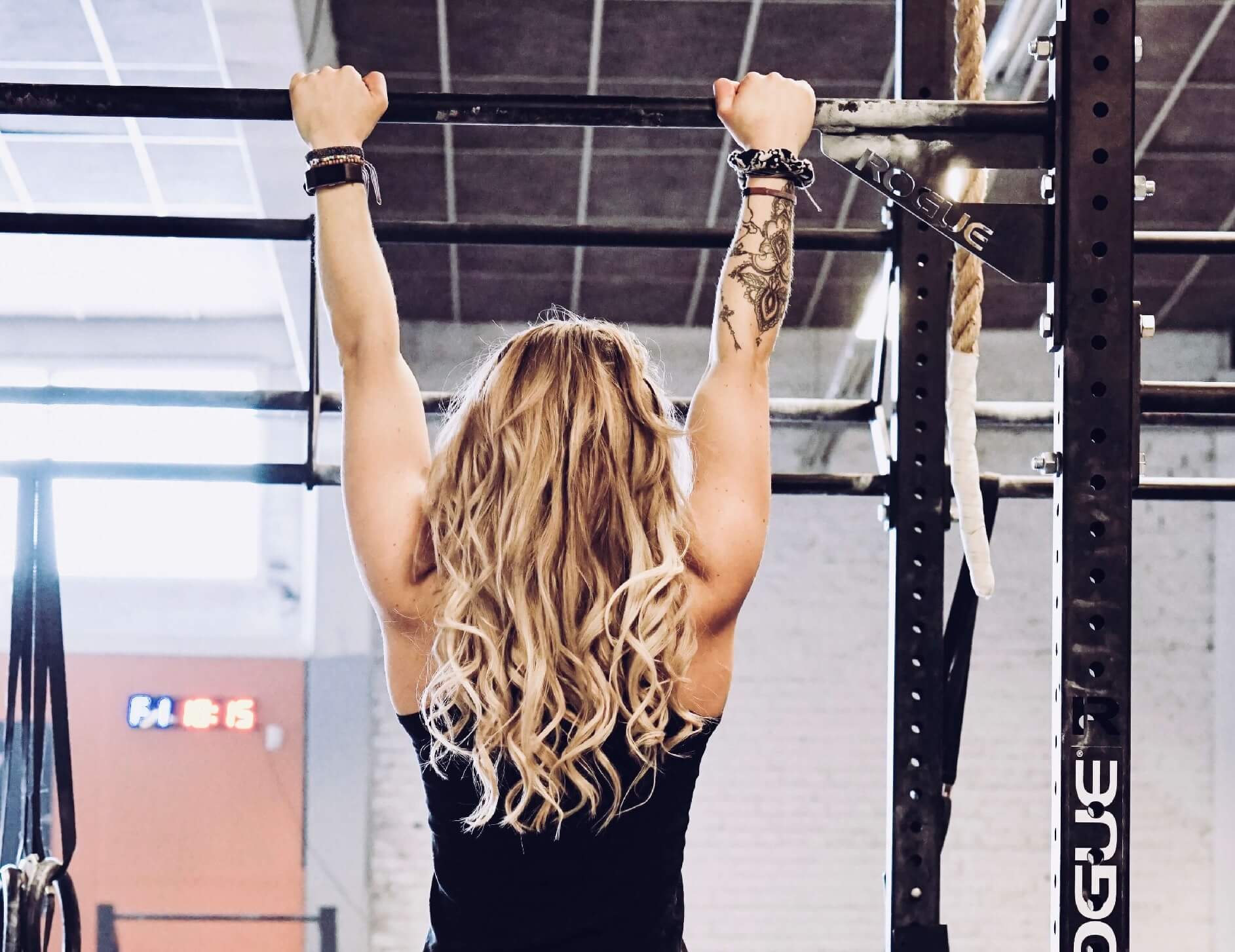As an Osteopath, I see a lot of shoulder issues in the clinic. A sore shoulder usually presents following some change in someone’s daily habits. What I see a lot of, are people first presenting some weeks after starting an intense fitness regimen in the gym, only to have been brought back to earth by an achy and pinchy shoulder. I also see shoulder problems commonly in older people who have had to care for someone, often ailing elderly parents or even grandchildren as their parents go back to work.
What does a shoulder injury feel like?
If you have a traumatic injury the shoulder pain will be acute and immediate, often leaving the arm weakened for a few days to weeks depending on the damage.
Trickier injuries from a therapist’s perspective are the ones that come on slowly over weeks or months, gradually becoming an issue.
The pain is felt over the shoulder but can refer as an ache as far down as the elbow.
If the problem is from the shoulder joint and muscles itself, you will quite often feel a sharper pinching in or around the shoulder when you move the arm, especially if the arm is straight and you are moving it up and above your shoulder level. This can be quite painful and will often be the cause of someone seeking out a health professional.
If you have more inflammation in the shoulder joint or muscles, it can ache or throb – especially at night. Pain felt while sleeping on the shoulder is also a very common symptom. This can be a big problem for patients as it can interrupt their ability to get a full nights sleep.
What kind of injuries cause shoulder pain?
These can be from all manner of issues. The most common is rotator cuff damage. The rotator cuff are the 4 specialised muscles that sit closest to the shoulder joint itself and are responsible for its snug fitting together and smooth movement. Because they drive a lot of the movement, they are often the site of stress and damage. Up to 20% of the population will have rotator cuff disease at any time and that percentage goes up the older you get.
Shoulder arthritis can occur. It is common in people who have suffered significant trauma to their shoulders or in patients who have a chronic history of rotator cuff disease.
Frozen shoulder or adhesive capsulitis is another painful shoulder condition, but one for a separate blog post to focus on as it has a very different cause to most shoulder issues.
What are the causes of shoulder injuries?
Apart from falls and trauma, in my professional opinion, most gradual shoulder issues can be put down to poor shoulder conditioning and strength. In most of my patients with sedentary jobs, it’s rare for them to do any meaningful activity with their arms over their heads, let alone throw or regularly pick up heavy things. All of these activities – if done in the right dose – are stimulating for the shoulder.
In the Gym:
Too much, too soon. Often I’ll see a patient who has started a gym program involving rounds of high volume push-ups and burpees, also done at high fatigue. This intense exercise will be more than most deconditioned shoulders can handle without risking injury and pain.
At Home:
It’s the same for caring for elderly parents or even lifting grandchildren. If your shoulders are not used to this activity, it can be too big a jump for them to handle without damage. Once that injury starts, it’s difficult to avoid re-injuring it as you care for people who need assistance with mobility. A big day of garden work can also represent a risk, particularly if you are using shears or large clippers for some time.
What can I do about my shoulder pain?
With my patients, I will always focus on harm minimisation first, particularly if they have ongoing shoulder issues and have had some pain for some time. If you cannot stop hurting the shoulders, then it’s highly unlikely they will get better. So, figure out what activities are causing the shoulders to get sore and stop them or try to modify them so that it’s less strain on the shoulders. This can be harder than it sounds if you are caring for someone, having to lift children or even if you’re used to going to the gym 5 or 6 days a week.
The evidence from studies isn’t solid for passive techniques like physiotherapy or cortisone beyond pain relief, but they can be useful in the short term for pain relief. I’m biased so I’d always say see an Osteopath for hands-on treatment if you are considering it 😉
After avoiding activities that hurt the shoulder until the pain is notably better, the best thing you can do is start to learn how to strengthen your shoulders.
This can be tricky if you are starting with a weak and damaged shoulder joint. It’s common to flare up symptoms by going too hard, too soon. But it’s not impossible and when I see patients start to show signs of improving strength is when they start to show real signs of improving function and being pain-free on their shoulders. So, when the pain is under control and you are doing as much as possible for avoiding harm, this is what I focus on. But I would advise most people who have had pain for some time to get professional help, as well as start setting achievable goals and working through exercises that don’t make them worse. Getting the right dosage of exercise can be a real art-form. Find a good local therapist who is well versed in therapeutic exercise prescription and rehabilitation and get in touch.
Make an appointment today to see one of our Osteopaths and discuss how we can create an individualised plan to get you back to optimum health.

